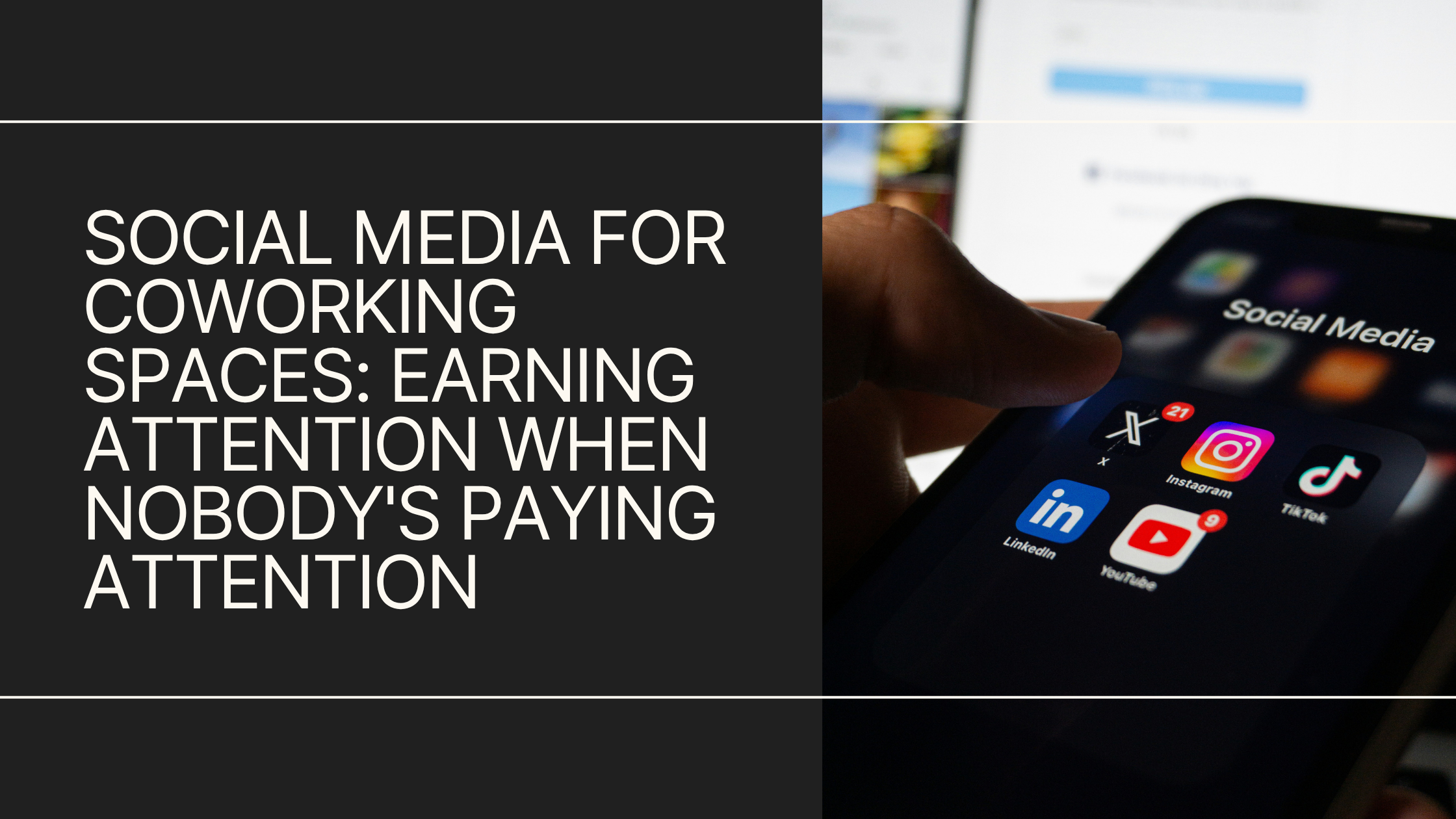
What's your content tilt?
Don’t create content just to create content.First, think about your content tilt.The content tilt is defined as that sweet spot when a topic related to your product or service has minimal or no competition.In my opinion, it can also apply to the way you create content that's uniquely yours.It requires you to sit back, look at who your members are, and try to find a way to fill a gap for them that somebody else isn’t already filling or in a way that nobody else is.Your goal should be to make your content so different that your audience notices you and rewards you with its attention.This is especially important for coworking spaces: when there are others in the market offering similar services and benefits, how can you make yourself stand out?It all comes down to having a deep understanding of:
- Who your ideal member is
- What their challenges are
- What niche you serve
- What your coworking space’s unique brand, identity, and voice are
Once you’ve got a grasp on that, writing content that aligns with those factors will help you stand out from the crowd.That’s your content tilt.

%20featured%20(1).png)

